Podcast Episode #62: Newborn Traumas

What is birth trauma and do all babies experience it? How can you remedy it? Dr. Annie and Dr. Rachel of Rise Wellness Chiropractic give us several examples of common birth traumas, what they mean, and how chiropractic care can help. You can listen to this complete podcast episode on iTunes or SoundCloud. Kristin: Welcome […]
Response to Article About Illinois Doula That Suppored an Unassisted Homebirth
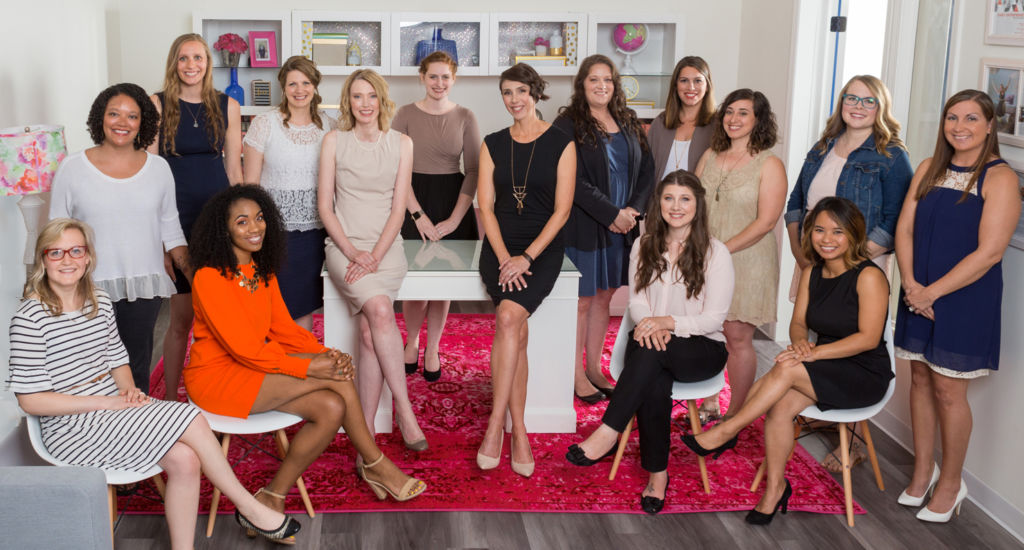
There has been a lot of talk in the birth community lately about the recent case of the doula who pled guilty after attending an unassisted homebirth where the baby died. Our team is saddened for the family and for the doula community as a whole. Birth doulas do not take on a medical role, […]
Podcast Episode #61: Postpartum Wellness
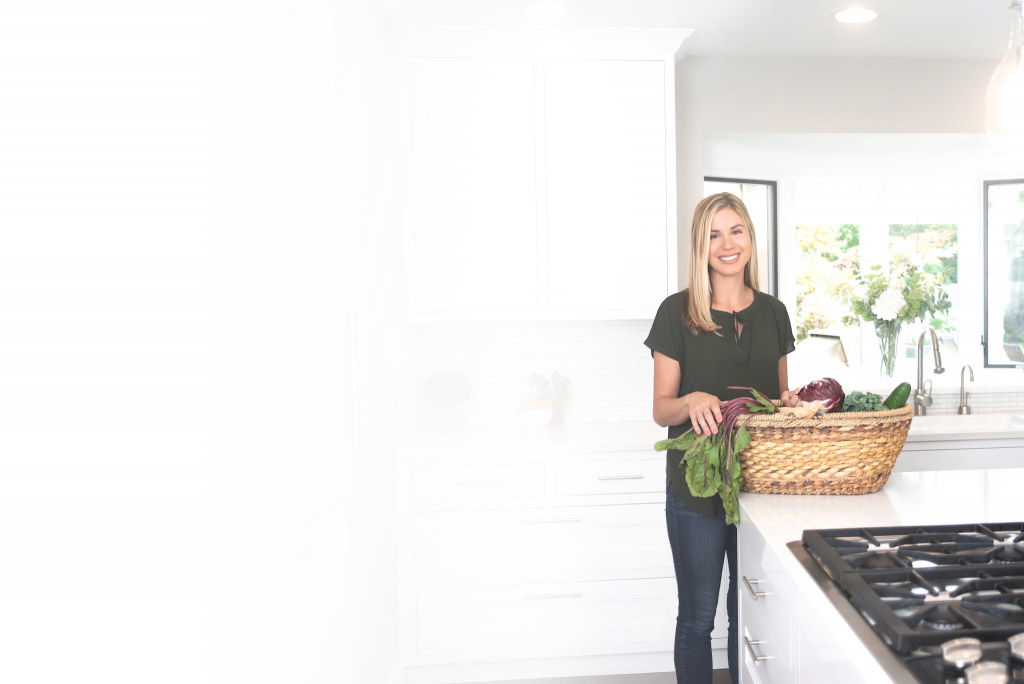
Dr. Erica of Root Functional Medicine gives moms some tips about staying healthy through pregnancy and into the postpartum period. We also talk about her upcoming Postpartum Wellness class on March 7. You can listen to this complete podcast episode on iTunes or SoundCloud. This podcast episode is sponsored by LifeFuel, providing healthy meal delivery […]
How ZENBands Became a Part of Pregnancy

Gold Coast Doulas is pleased to announce a guest blog by Dr. Erin Stair on her headbands that are perfect for listening to HypnoBirthing scripts or childbirth playlists. I use them for listening to podcasts like “Ask the Doulas” with Gold Coast Doulas on Soundcloud and Itunes. Erin is the creator of ZENBands, ZENTones, author […]
Doula Support for Adoptive Families
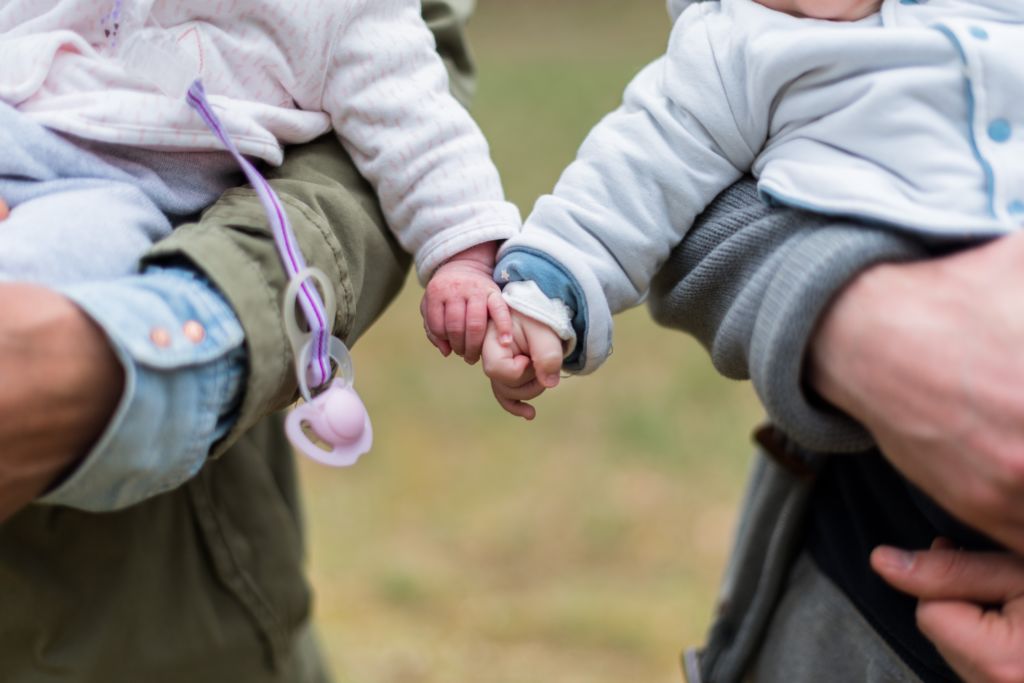
Most parents probably don’t think about hiring a doula if they aren’t pregnant. They think of a birth doula only supporting a laboring mother, but that couldn’t be farther from reality. Birth doulas can support any parent. Postpartum doulas can support adoptive families by helping them to prepare for baby’s arrival and in-home after baby […]
Sleeping Through the Holidays

Right when you get your child on a good schedule something inevitably comes up that makes it difficult to stay on track. We just went through the dreaded daylight savings (the worst for adults too!). Right now we are in the midst of the holidays. Here are some sleep tips for keeping your children’s sleep […]
7 Things You Didn’t Know About Breastfeeding

Today’s guest blog is written by Natalie Michele of Maternity At Home. As soon as you start to breastfeed, most of the women you meet on a daily basis, including your mom, friends, and even acquaintances, will have one or two things to tell you about what to do when nursing a baby. Some will […]
Newborn Sleep Tips
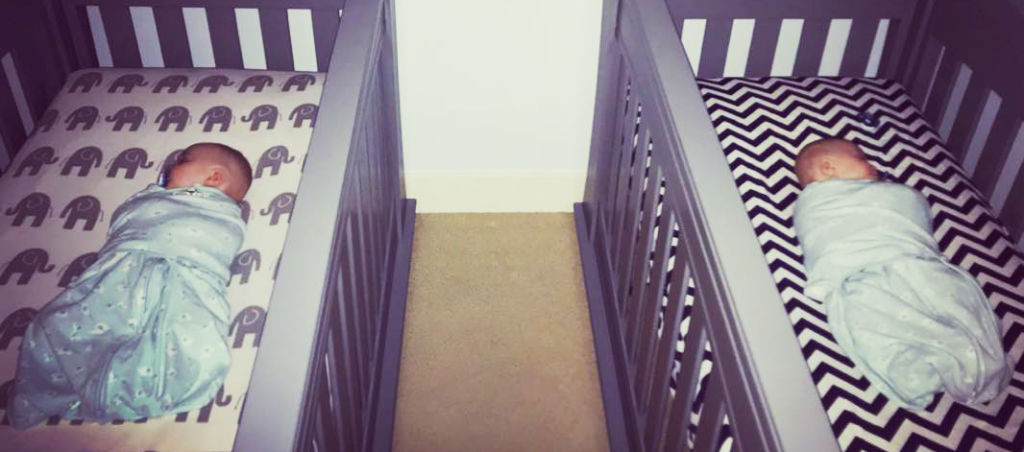
As a sleep consultant, I get asked often how early you can sleep train a baby. My answer is this – Most babies are ready around 12 weeks, but it’s never too early to start introducing heathy habits to make the sleep training go smoothy when baby is ready. Why 12 weeks? Most babies are […]
Lessons from Tahlequah
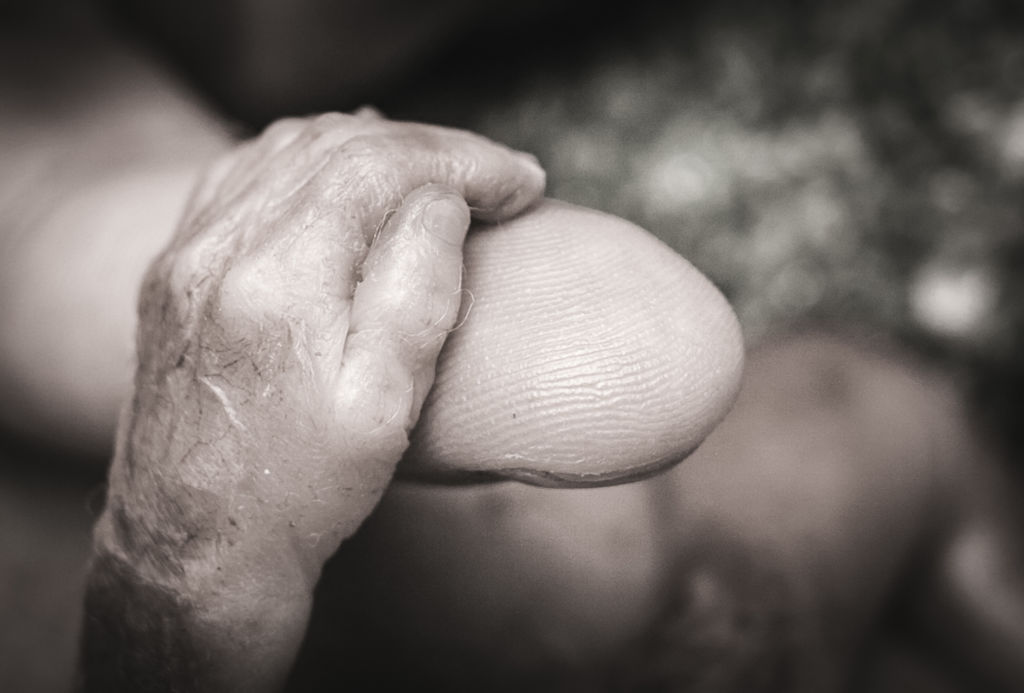
Thank you, Ashley, for writing this lovely article about loss and bereavement. Many of us have seen the article circulating by now about Tahlequah, the mother orca that carried around the body of her calf for upwards of two weeks. This documented, circulating story has struck a chord in many, and for many different reasons. Most […]
Podcast Episode #34: Chiropractic Care During Pregnancy
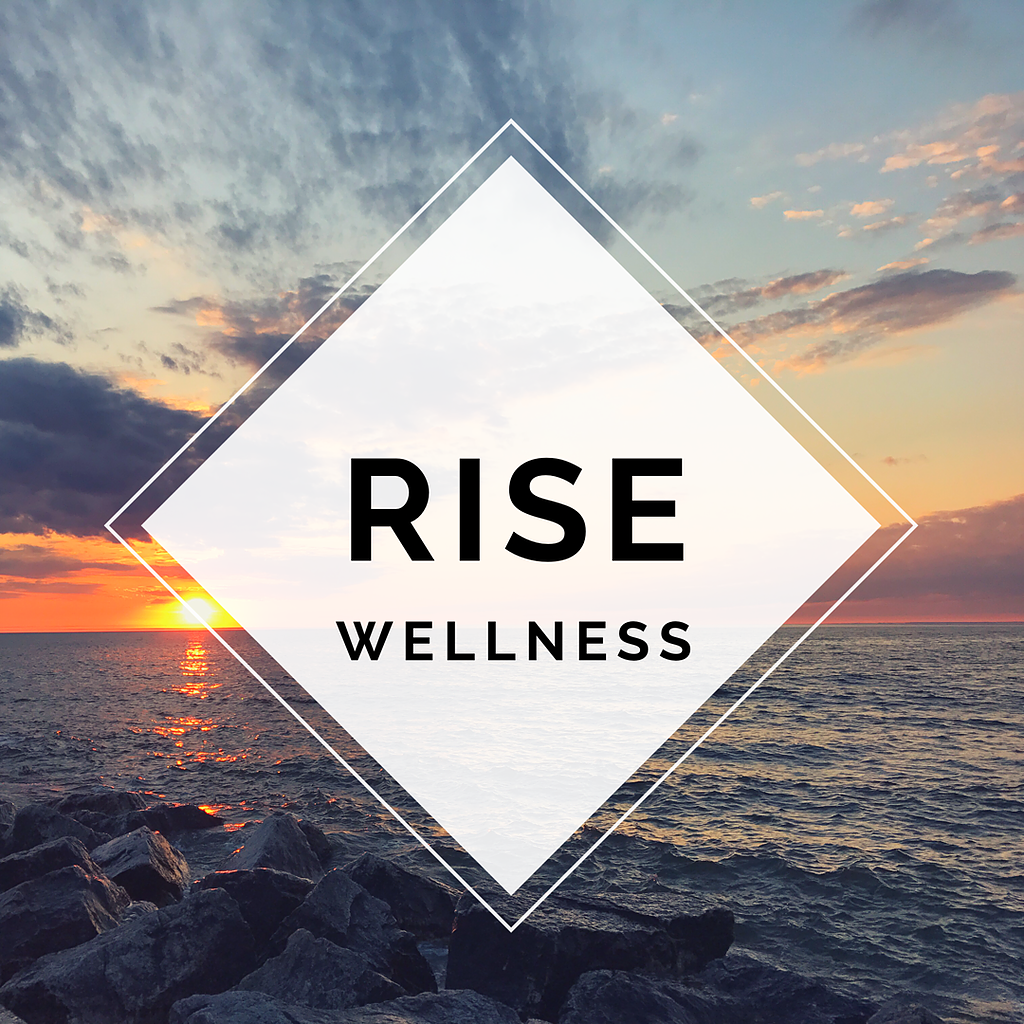
Today we talk to Dr. Annie of Rise Wellness about what chiropractic care looks like during pregnancy. You can listen to this complete podcast episode on iTunes or Soundcloud. Alyssa: Hi, welcome to another episode of Ask the Doulas. I am Alyssa, co-owner and postpartum doula at Gold Coast. Today, we have Dr. Annie […]
Mothership Certified Health Service Providers
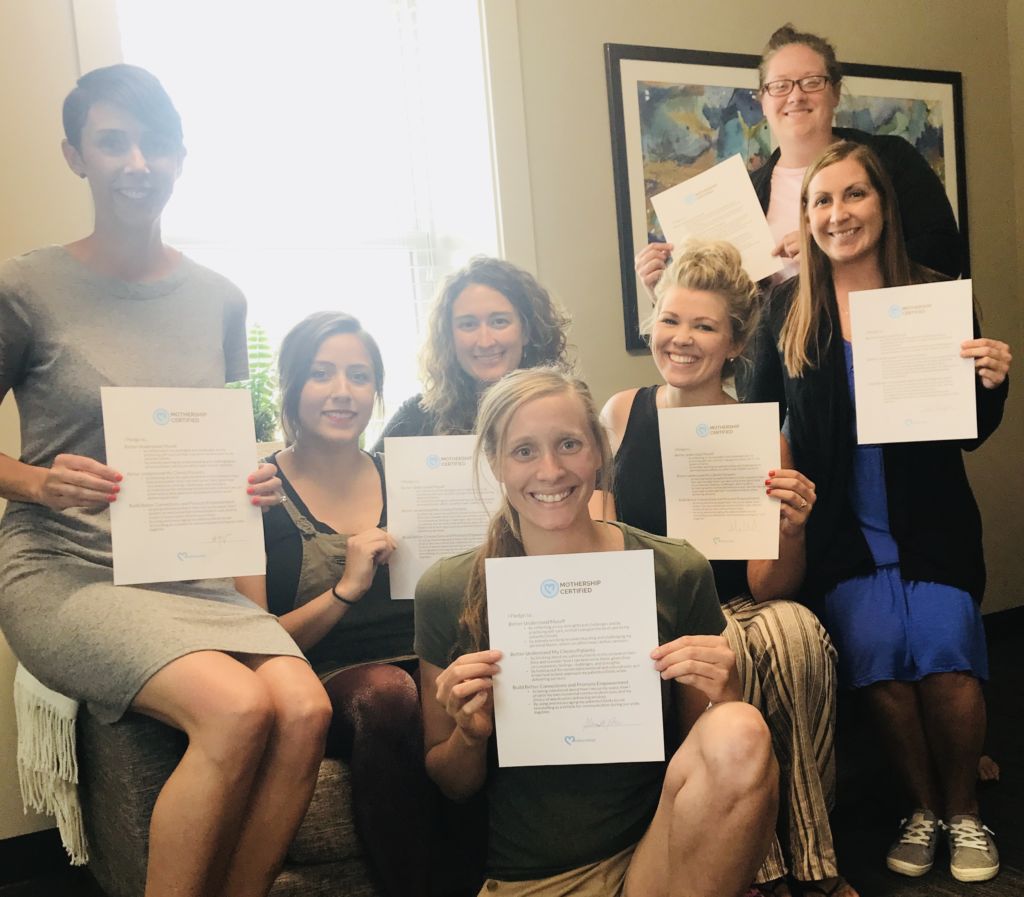
Many of our doulas are Mothership Certified Health Service Providers. Sounds cool, but what does that mean? Here’s a simplified breakdown of what we learned in our training and why it’s so important. The training involved learning the difference between empathy and sympathy. We understand that empathy never starts with, “At least…”. Here’s a great […]
My role as a postpartum doula.

Our very own Jamie Platt, BSN, RN, CLC, CPST shares her personal insights on what it’s like to be a postpartum doula. What is the role of a postpartum doula? What does it look like, and how might a doula support the breastfeeding relationship between mom and baby? A postpartum doula can take care of […]
Podcast Episode #31: Rise Wellness Chiropractic
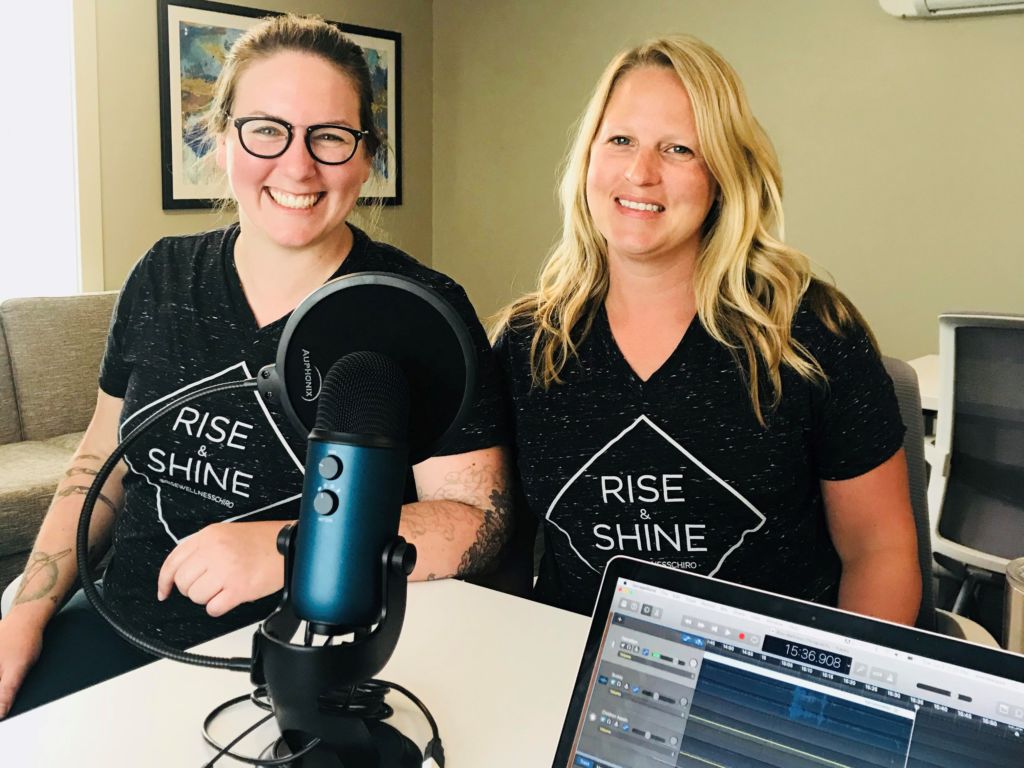
Dr. Annie and Dr. Rachel of Rise Wellness Chiropractic in Grand Rapids talk about their approach to helping mothers and babies, as well as how and why they decided to start their own practice. You can listen to the podcast on iTunes or SoundCloud. Hello, and welcome to another episode of Ask the Doulas. […]
Podcast Episode #30: Amber the Coziness Consultant
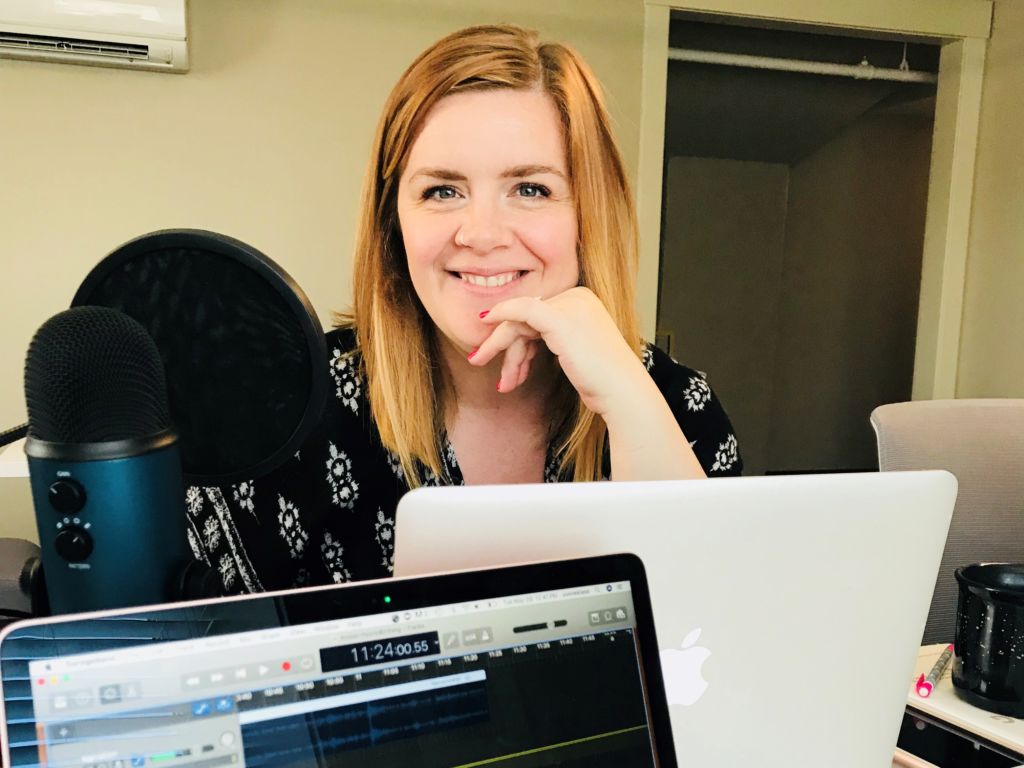
How do you make a space cozy when you have children and babies taking over your house? Amber, The Coziness Consultant, gives us some easy tips for maintaining your sanity during this season of life. You can listen to this podcast on iTunes and SoundCloud. Alyssa: Hello. Welcome to another episode of Ask the […]
Podcast Episode #28: Plagiocephaly and Torticollis

What is Plagiocephaly? Torticollis what? Jessica Buikema of Hulst Jepsen Physical Therapy talks about both and what parents can do to prevent them and how physical therapy can help their baby. Listen to the podcast on iTunes or SoundCloud. Alyssa: Hello. Welcome to another episode of Ask the Doulas. I am Alyssa Veneklase, co-owner […]
HypnoBirthing – Brianna & Ben’s Story
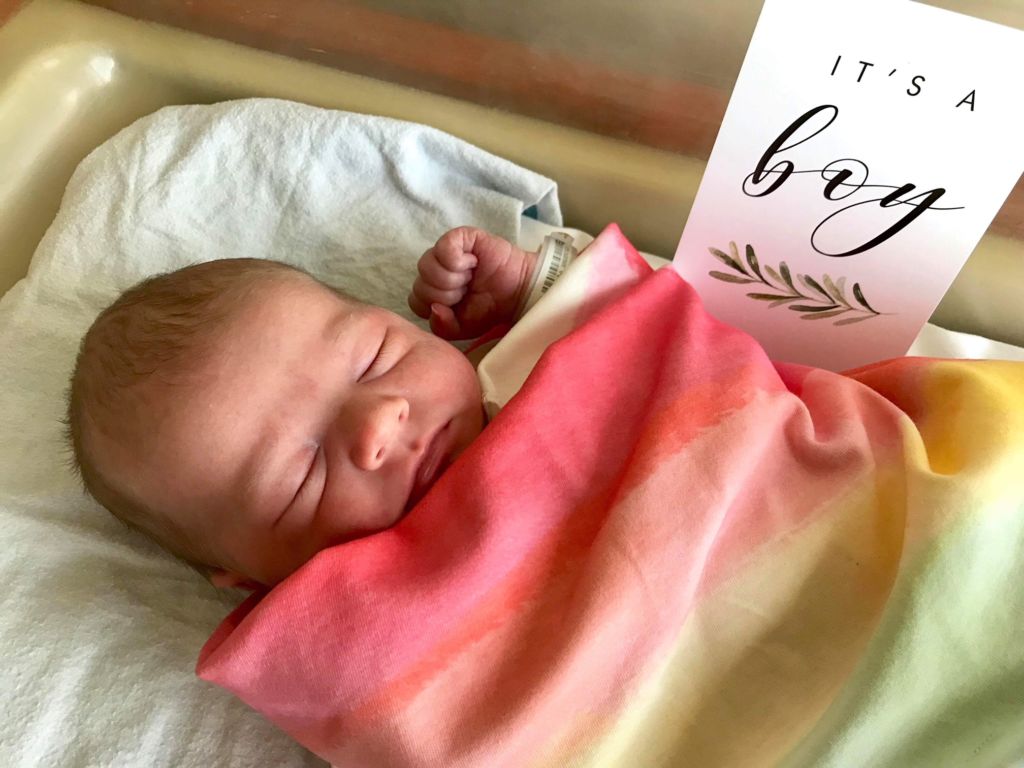
A huge thank-you to our HypnoBirthing student for taking the time to share her beautiful birth story with us! We hope you love this as much as we do! My husband Ben and I decided to take a HypnoBirthing class because we had a goal to have a natural birth and because we didn’t think the hospital […]
Podcast Episode #26: EcoBuns Cloth Diapering
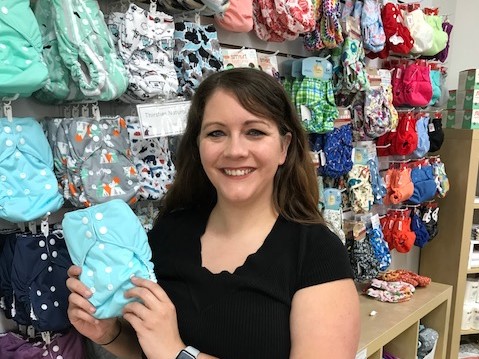
On this episode of Ask the Doulas, Marissa, owner of EcoBuns Baby + Co in Holland, Michigan dispels all the myths about cloth diapering that we’ve heard. Learn how easy and economical they can be for your family! You can listen to the full podcast on iTunes or Soundcloud. Alyssa: Hi, welcome to Ask […]
Podcast Episode #25: EcoBuns Baby Registry
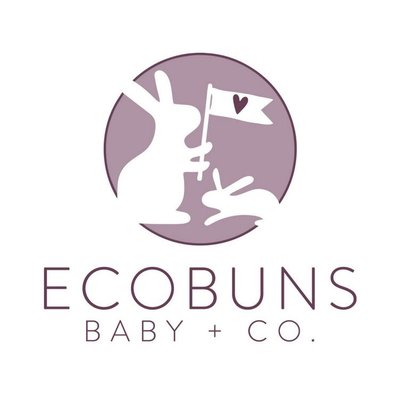
On this episode of Ask the Doulas, Alyssa talks with Marissa, the owner of EcoBuns, about her boutique baby store. You’ll also learn about the new opportunity to register for Gold Coast services! You can listen to this complete podcast episode on SoundCloud or iTunes. Alyssa: Hello, and welcome to another episode of Ask […]
[un]common sense: Managing your guilt as a Mompreneur
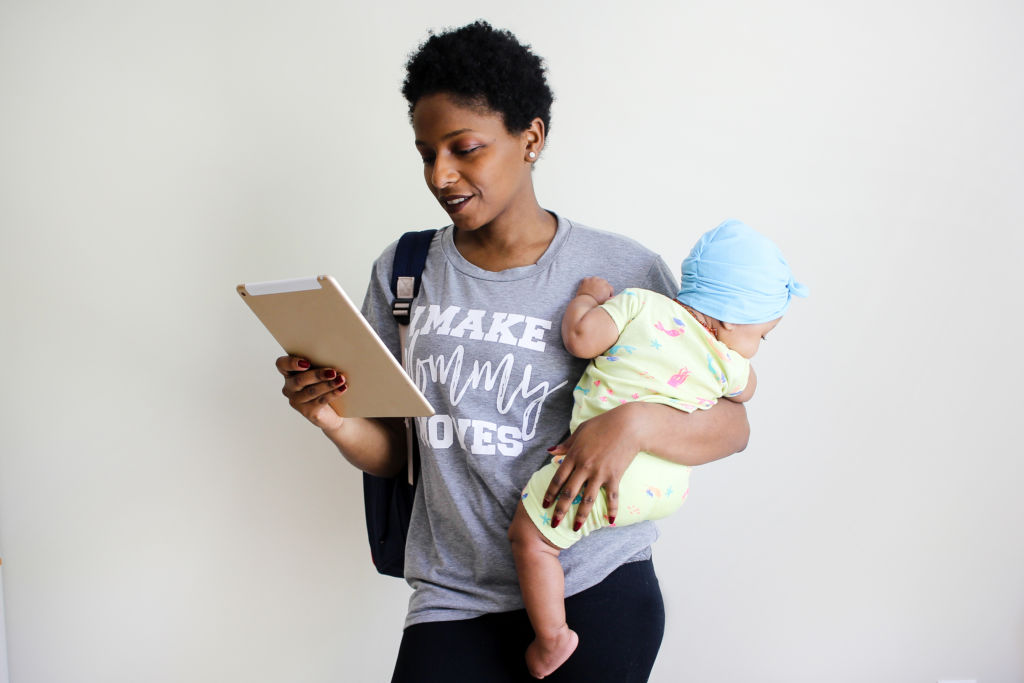
Today’s blog is written by Alyssa Veneklase – mother, wife, doula, and business owner. She talks about not just mom guilt, but very specifically the type of guilt we have as mothers and business owners. Enjoy! I worked full-time in an office when I found out I was pregnant, and my assistant at the time […]
Podcast Episode #22: How to get Dad on board with Hiring a Doula

On this episode of Ask the Doulas, Alyssa talks with Amber and Ashton about getting your husband or partner on board with hiring a doula. You can listen to this complete podcast on iTunes or Soundcloud. Alyssa: Hi, welcome to another episode of Ask the Doulas. I am Alyssa Veneklase, co-owner and postpartum doula, […]
Infant Massage Is Only For Babies… Or Is It?

April 14 is Baby Massage Day, so in honor of this day, we have a special blog from Cristina Stauffer, LMSW, CEIM. Enjoy! Infant massage is an age old practice that has many great physical and emotional benefits for babies and their caregivers; however, did you know that the basic techniques of infant massage can be […]
Podcast Episode #20: Lisa’s Story about Postpartum Anxiety
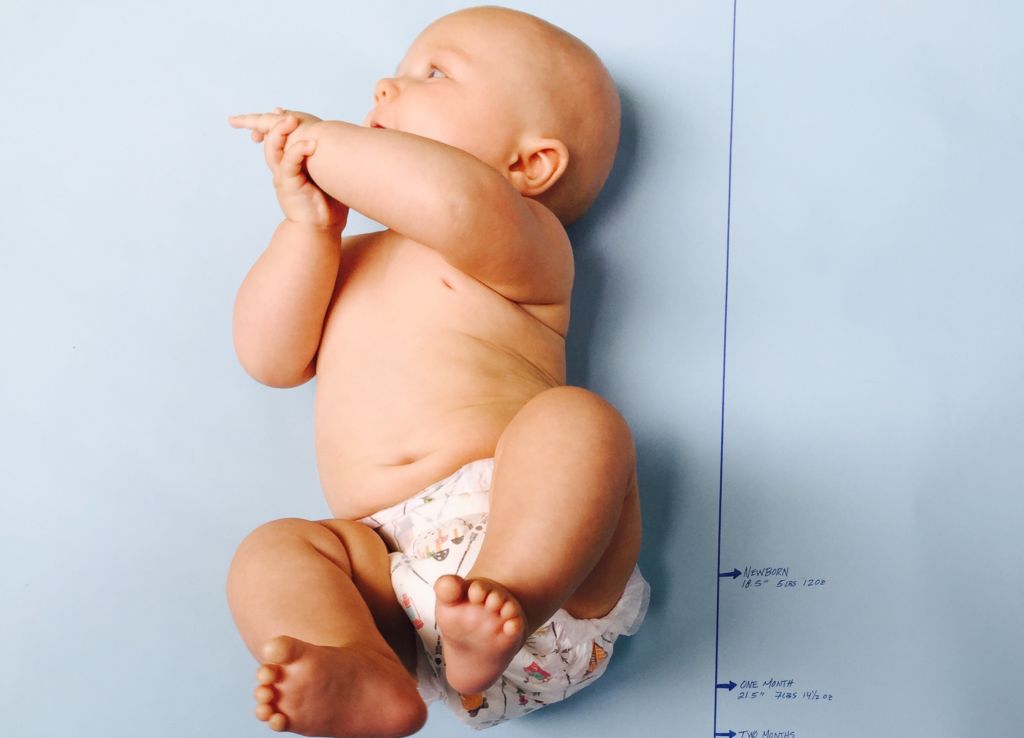
On this episode of Ask the Doulas, Lisa shares about her postpartum experience of dealing with anxiety and how doula support helped her through that challenging time. You can listen to the complete podcast on iTunes and Soundcloud. Please also visit our postpartum depression and anxiety resource list. Alyssa: Hi, welcome back to Ask the […]
Podcast Episode #19: Lisa’s Postpartum Journey
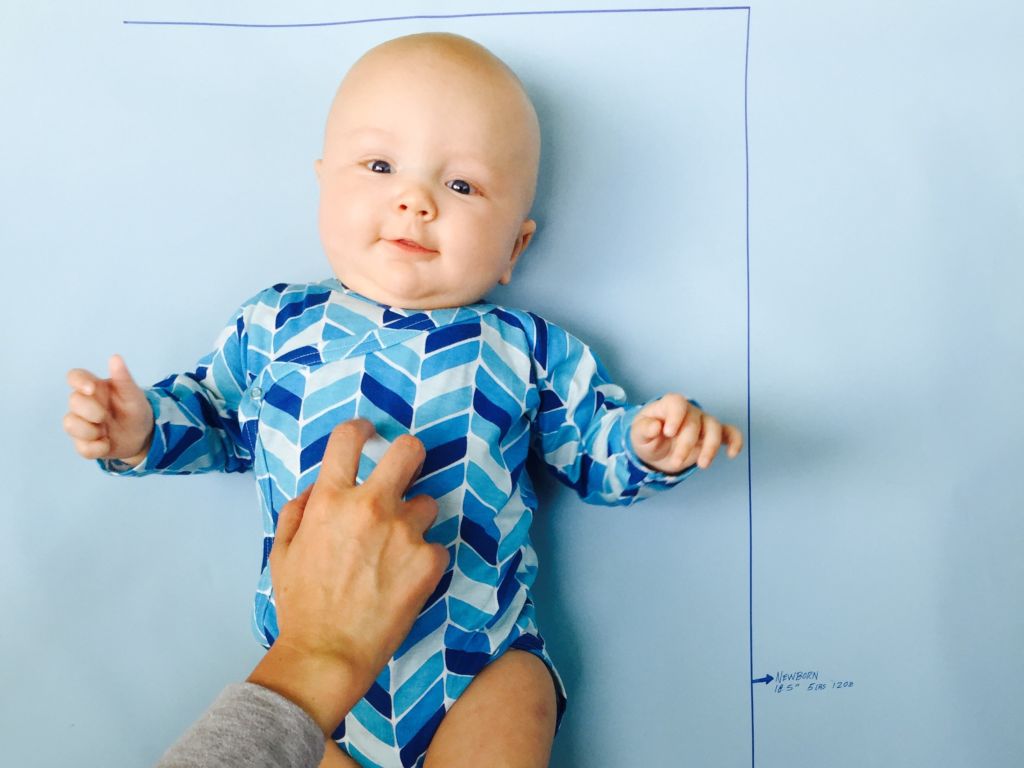
On this episode of Ask the Doulas, Alyssa talks with Lisa about her postpartum doula and how having a doula helped with her recovery. You can listen to the complete podcast on iTunes and SoundCloud. Alyssa: Hi, welcome to another episode of Ask the Doulas with Gold Coast Doulas. I am Alyssa Veneklase. […]
Podcast Episode #17: How to Find a Babysitter You Trust
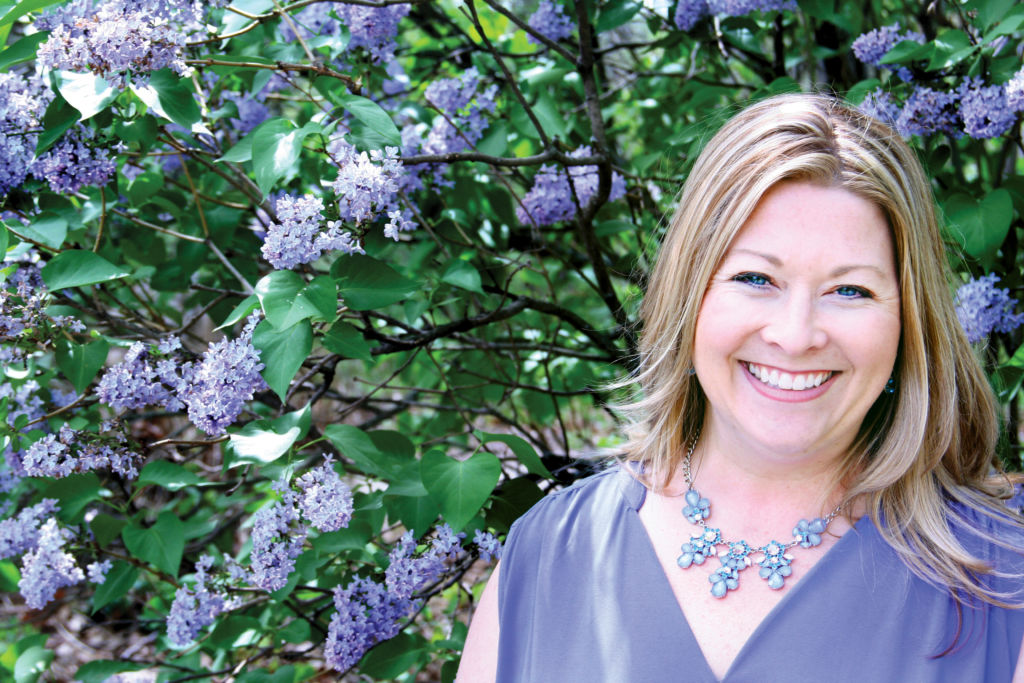
On this episode of Ask the Doulas, Alyssa and Cindy talk about how to find a babysitter that you trust to watch your kids. You can listen to this entire podcast epidode on iTunes and Soundclound. Alyssa: Hi, welcome to another episode of Ask the Doulas. I am Alyssa, and I’m here with Cindy from […]


